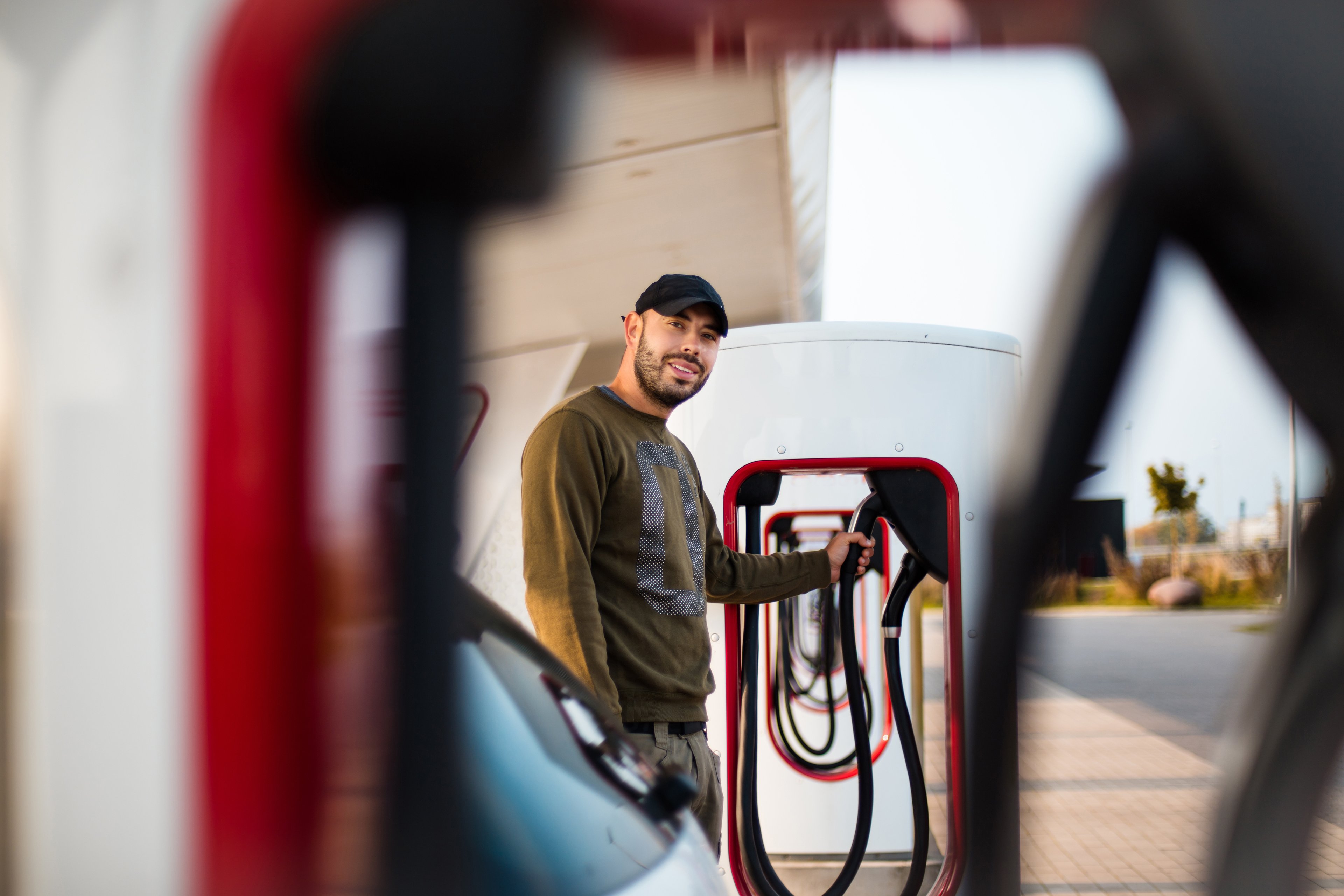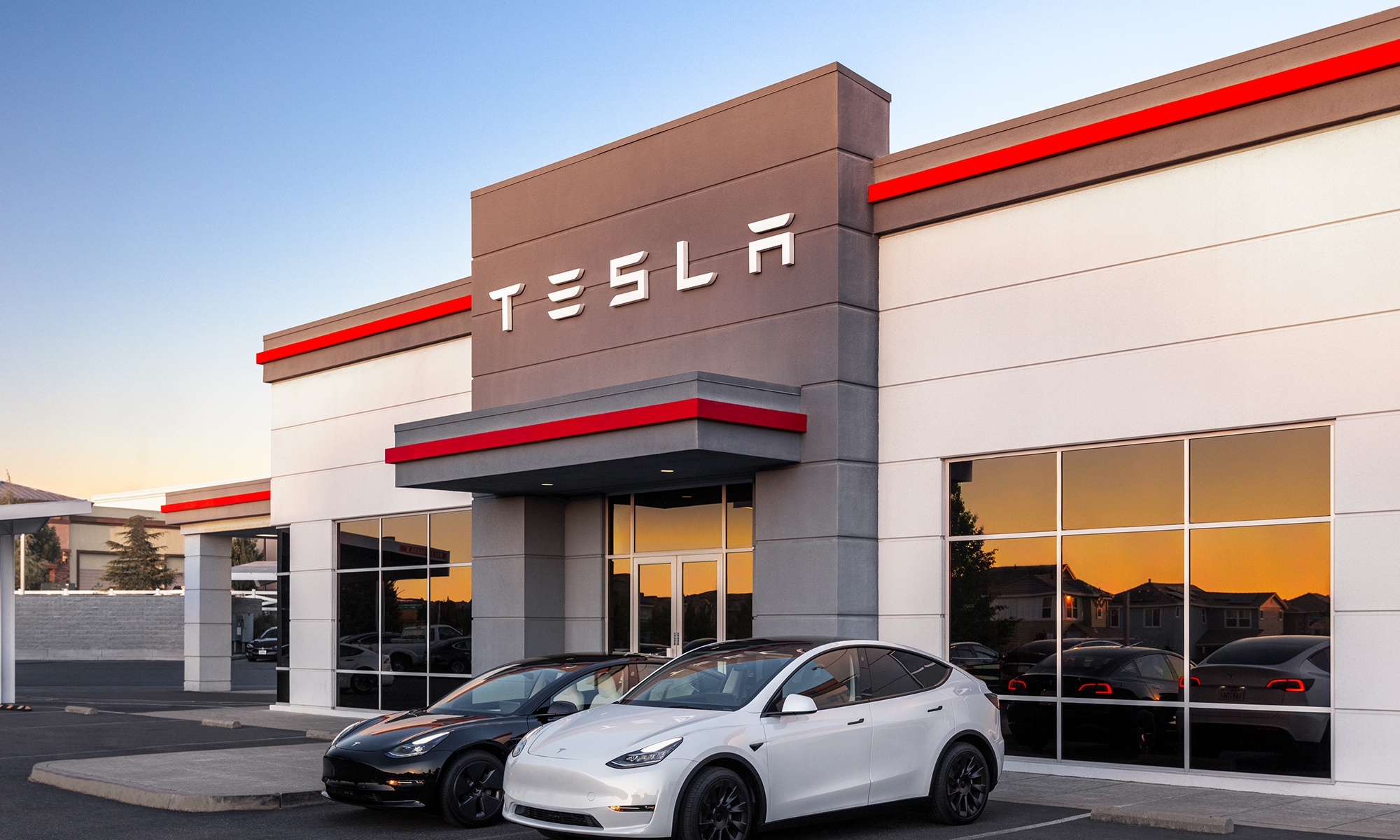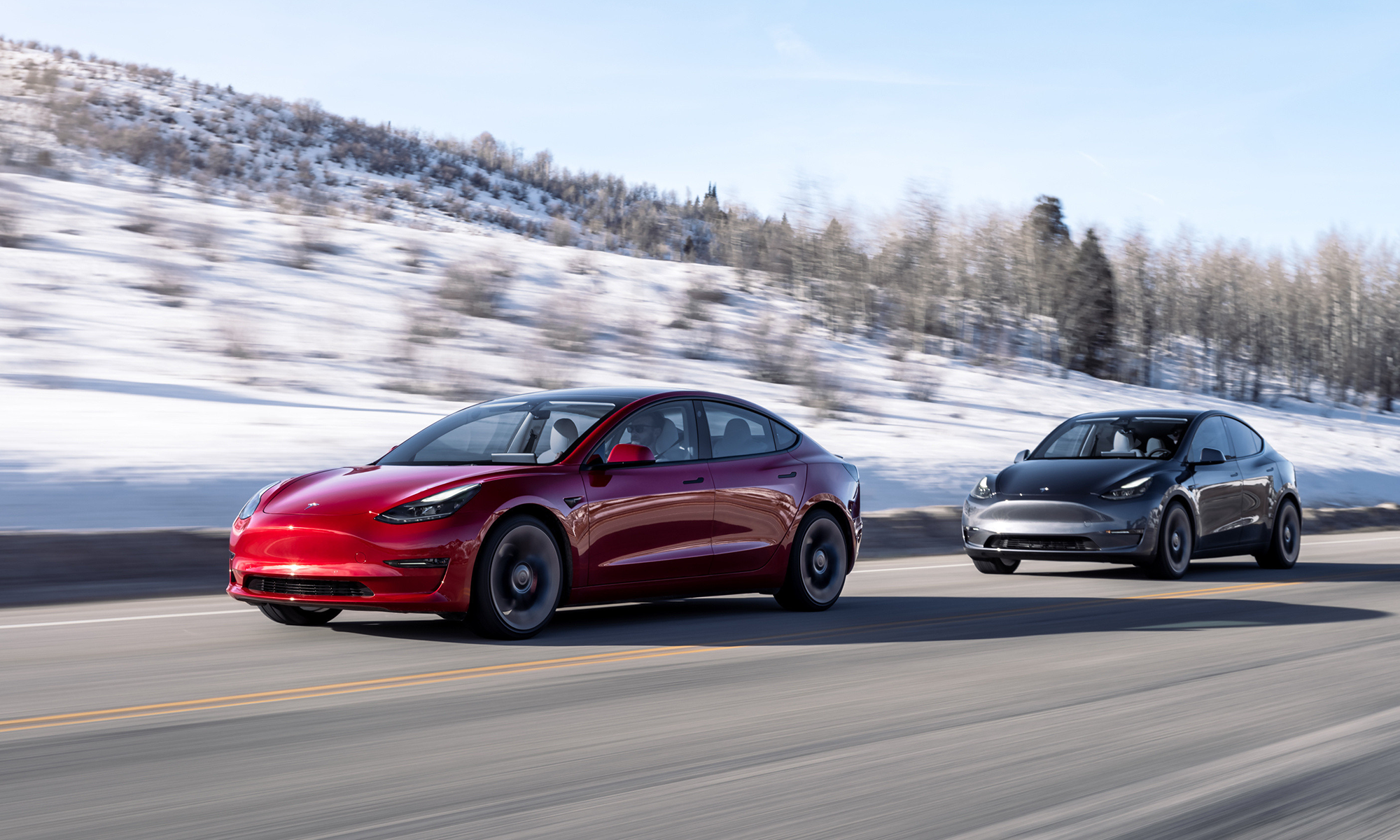
Image source: Tesla.
In some ways, Tesla's (TSLA 1.01%) nascent stationary storage business is just as exciting as its automotive business. Launched last year, Tesla Energy products began shipping out of the Gigafactory in the fourth quarter, so we're very much talking about the early days.
Initially, the plan for the Gigafactory was for one-third of cell production to be allocated toward stationary storage, with the remaining two-thirds going to vehicles. CEO Elon Musk now thinks the distribution will be closer to half and half as Tesla Energy sales continue to grow and show strong potential. In fact, the company expects Tesla Energy to scale much faster than previously expected.
Cars are hard
The global automobile industry is one of the most complex industrial sectors in the world, including when it comes to dauntingly variable regulatory standards throughout different countries. Each country has different sets of rules and requirements for different scenarios. Road conditions are dramatically different. In many places, some people even still insist on driving on the wrong side of the road.
The logistics involved in shipping cars globally are also costly and complex. Plus, local competitors may sometimes have advantages in terms of brand familiarity or pricing if they're not subject to import tariffs. Vehicle import tariffs in India are in excess of 100%, for instance. China, a much more important market, also levies hefty tariffs unless the vehicle is assembled within the Middle Kingdom.
None of the above applies to the stationary storage business.
Counting down to lift off
Regulations around stationary storage are far more consistent across countries. For this reason, among others, Musk noted at the recent annual shareholder meeting:
The scaling potential is going to be be quite a lot more than cars. I think the rate of growth is going to be several times that of the car side of Tesla.
The energy business will be coming off a much smaller revenue base than the car business, so growth rates will naturally be higher initially, but that still shouldn't undermine the potential for stationary storage. Musk even went as far as to say that the Gigafactory could potentially scale to three times the initial estimates for cell production, all within the existing construction plans, if need be.
For the time being, Energy sales are grouped within Tesla's "service and other" segment, so it may be hard for investors to see the growth in granular detail. But over time, as the business grows, I would expect the company to eventually break out Energy sales into a new reportable segment.
Powerpack is where it's at
At the same time, there are some misperceptions around Tesla Energy. The consumer-oriented Powerwall tends to get a disproportionate amount of attention relative to the commercial-oriented Powerpack.
The Institute for Energy Research, a conservative think tank funded in part by the oil and gas industry, made headlines earlier this year when it estimated the payback period of Powerwall at nearly 40 years. We can argue all day about the underlying calculations and assumptions, and it's true that Powerwall economics may not be favorable for many consumers, particularly in regions where utilities do not use off-peak and on-peak rates, or for non-solar consumers. But it's a moot point, since Powerpack is where the true potential lies.
Tesla has said that it expects the majority of the Energy business to come from commercial customers and utilities. This is precisely why Powerpack was designed to scale to insane power levels.
Powerwall starts at $3,000 for a 7 kWh battery (the 10 kWh model was discontinued), and may not make economic sense for a large number of consumers (depending on their circumstances). Powerpack starts at $162,000 for a 200 kWh system, and makes a lot of economic sense for a wide range of commercial and utility customers. Which would you be more excited about?






